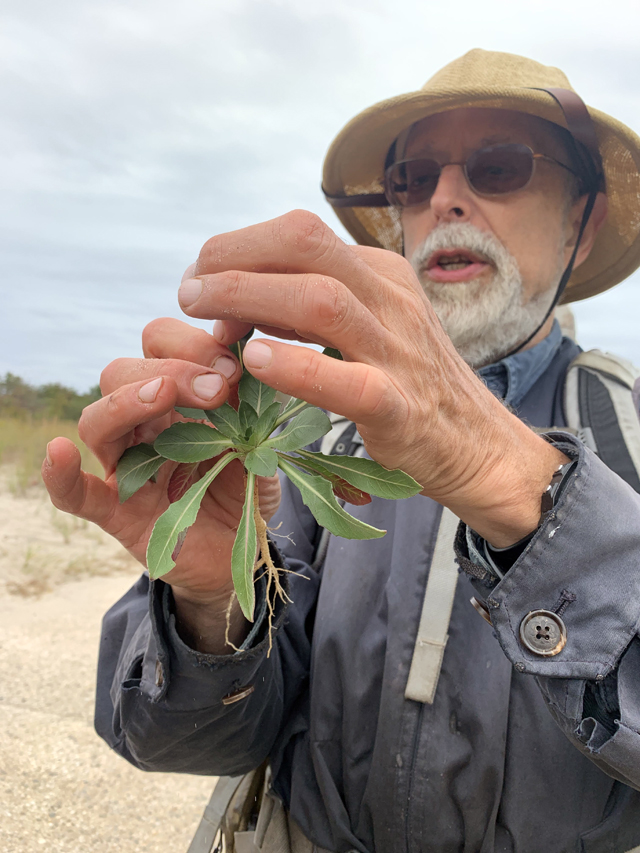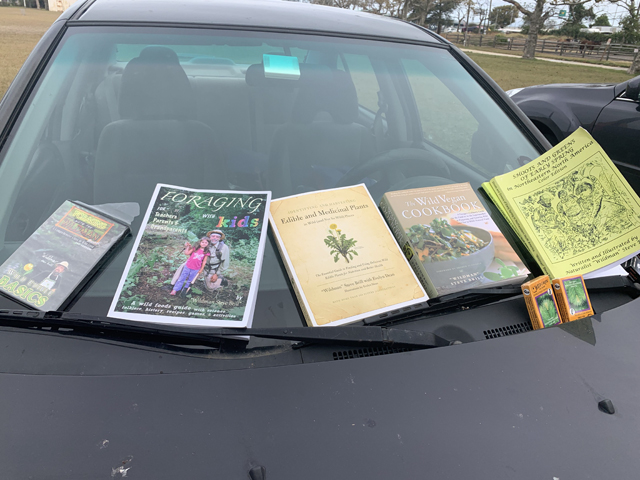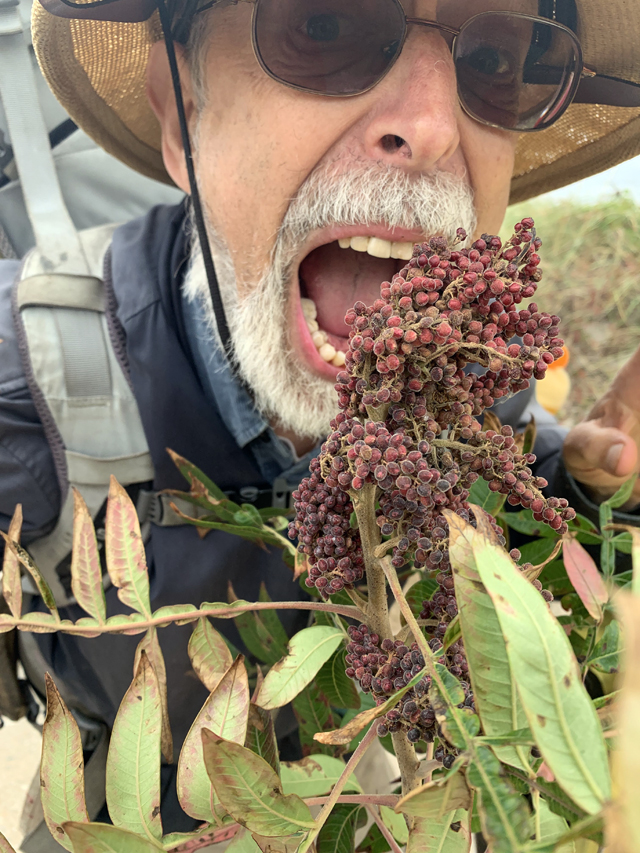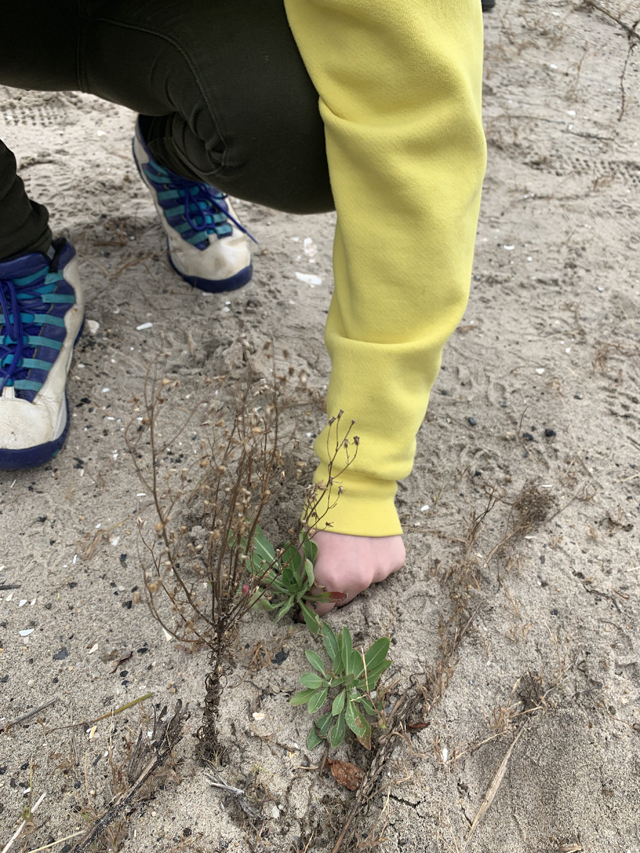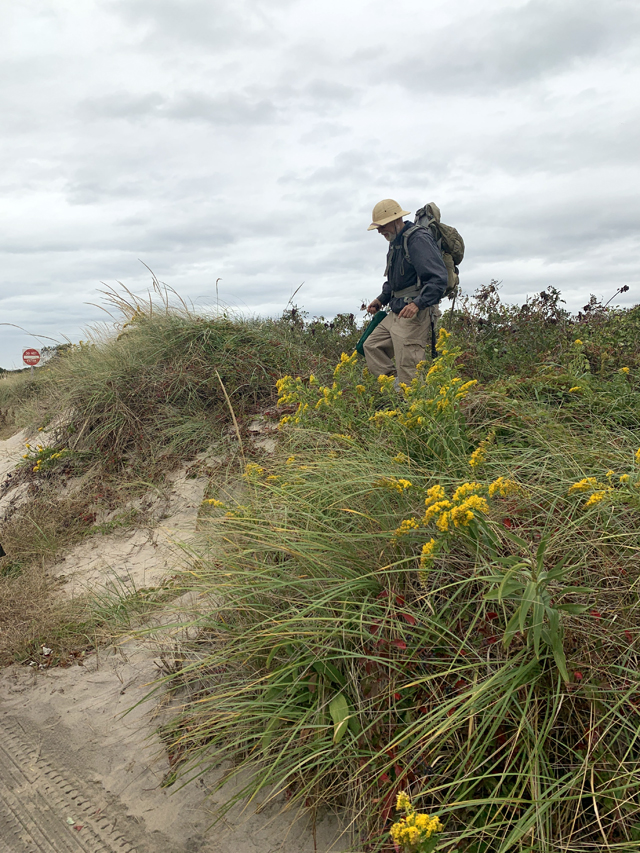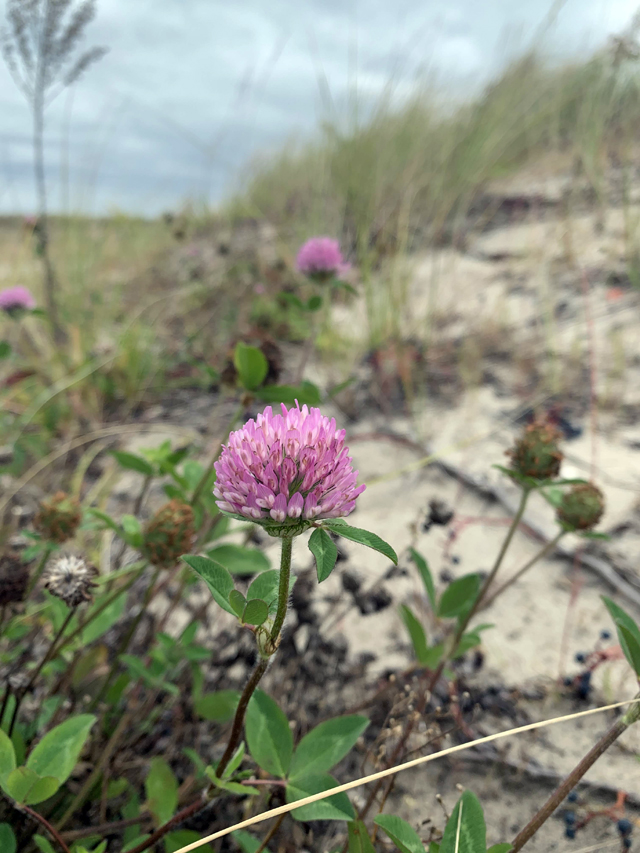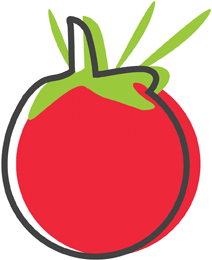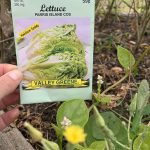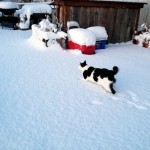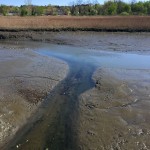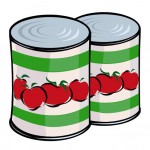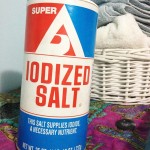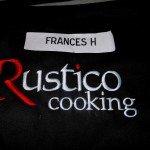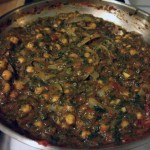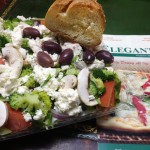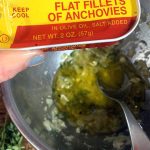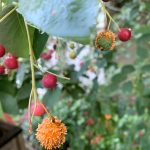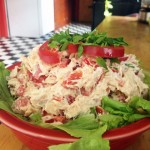The Wildman
His appearance is what you’d expect: utilitarian. The Wildman is wearing a long-sleeved blue windbreaker and khaki pants with multiple pockets. A strap holds a shovel and an iPad. A safari hat shades his face. His fingernails have already been in the soil.
“Take a quick look at my books and then we’ll get started,” he says. Several cooking and foraging books are laid out on the front window of his dusty car. As the parents get their kids’ jackets zipped and the snacks packed up, the Wildman breaks out in song, oddly, with his hands cupped to his face. It seemed to be an ancient “hand whistle” of sorts, but the sound is “pop, pop” and jazzy.
Steve Brill is a naturalist, environmental educator and author. He gained celebrity in 1986, when he was arrested in Central Park for eating a dandelion (MUST google). He studied pre-med at George Washington University but later changed his major to psychology, The Wildman is a self-taught botanist, forager, and vegan cook. He’s considered an expert in Northeastern plant identification and foraging.
My friend Susanne organized a home-school outing with Brill for a group of her friends and their children. The foraging tour was held at Fort Tilden. She invited me to tag along. I almost didn’t make it, but I’m so glad I did. Brill’s knowledge of native species is encyclopedic.
Our group was ready. Steve took the lead and we didn’t make it far before the first discovery. “Wait! stop, look over there!” Steve pointed to the ground. “That’s red clover!” We’ve all seen this small purple flower mixed in lawns or field grass. We each picked a flower and ate it. The plant tasted sweet and sugary. “It’s part of the pea family”. Brill explained. Red Clover (Trifolium pratense) can be used in green salads and teas. Brill further explained the medicinal uses – cancer prevention and help with digestion.
Poor Man’s Pepper (Lepidium virginicum) was next located. The taste is sharp, almost exactly like the pepper we buy in the store. It’s hard to identify, unlike Red Cover. To the common eye, in blends in with any grass. Poor Man’s Pepper is in the mustard family and native to North American. Due to lack of refrigeration, spices throughout history were used to mask the taste of “not-so-fresh” foods, the Wildman explained. But in the 1700’s when Columbus returned to Europe with Poor Man’s Pepper, the plant grew freely, allowing even the poor to use this tasty, needed spice.
The afternoon continued. We identified and ate 9 other edible species in Fort Tilden – Winter Crest, Curly Dock, Wild Carrot, Bayberry, Autumn Olive Berry, Winged Sumac, Common Evening Primrose, Sea Lettuce and Rock Weed. I’ll discuss these edibles in a future column – you can count on it.
Steve Brill works with nature centers, schools, day camps, libraries, parks departments, land trusts and other organizations, to educate adults and children on foraging and the importance of protecting our environment. If your interested in a one-of-a-kind nature experience, contact Steve through his website: wildmanstevebrill.com or by email here. Follow his wild excursions around NYC on IG @wildmansteve. And if you’re a nature geek like myself, download his app Wild Edibles Forage, to help you identify over 250 North American plants right in our backyard!
The Wildman in his native habitat,
Red Clover
